Citizens can make significant changes in favour of healthier villages, cities, and countries. In favour of a better planet. How is that possible?
To best support and inspire you in your green transition, we would like to share citizen’s diaries, stories and good practice factsheets. We hope they will motivate and mostly empower you in your daily life.
Citizen Diaries
Have you ever wondered what it is like to live in a European Green Capital?
Now you can hear from some of the citizens who act as engines of change and pioneer innovative solutions to environmental challenges. We will be posting interviews with residents from our European Green Capital cities to inspire you.
Please check the Citizen Diaries from 2012 to 2021.
Citizen Diaries - Valencia

Carmen Marqués Ruiz is a dedicated Climate Pact Ambassador from Valencia, Spain, whose commitment to environmental issues has shaped her career and continues to drive her efforts in promoting sustainability.

Meet Mathieu Lassalle, a passionate biologist and ecologist who has significantly advanced nature conservation in Valencia, Spain.
Alejandro Alonso González is a technician in energy projects at València Clima i Energia, a foundation set up by the city to support the city’s transition towards a more sustainable and energy-efficient urban environment.

Juan Luis Pozo Calderón is the chief sustainability officer at the Valencia water management company, one of Spain's leading water management companies.

Meet Lidia Garcia, a dedicated advocate for sustainable food systems and a key project coordinator at València Innovation Capital, Urban Innovation centre in Valencia.

Carlos Sánchez Cerveró serves as the chief sustainability officer at Fundació València Clima i Energia, an organisation dedicated to public energy management and combating climate change.
Citizen Diaries - Tallinn

Aljona Zueva has been chosen as one of our ambassadors for Tallinn - European Green Capital 2023.
Meet Ralf-Martin Soe, one of Tallinn’s European Green Capital ambassadors
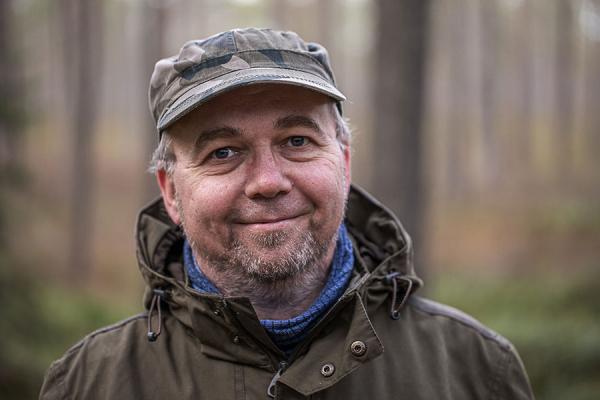
Lauri Klein has been chosen as one of our ambassadors for Tallinn, the European Green Capital 2023.

Kristjan Lind has been chosen as one of our ambassadors for Tallinn as the European Green Capital 2023.
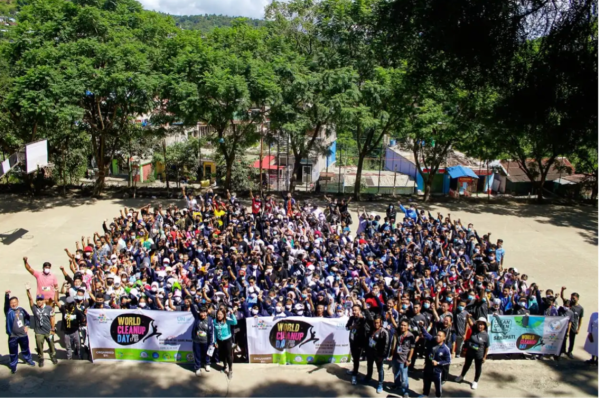
Heidi Solba has been chosen as one of our ambassadors for Tallinn as the European Green Capital 2023.

Ines-Issa Villido was chosen as one of our ambassadors for Tallinn as European Green Capital 2023.
Citizen Diaries - Grenoble
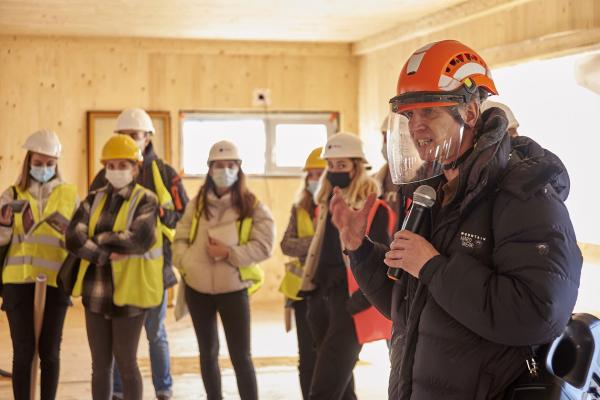
Jacques Félix-Faure, architect for Atelier17C in Barraux (France) has engaged with a tremendous request to build an eight-floor social housing entirely in wood.

Isabelle Robles, agricultural engineer and founder of “MillePousses”, (“One thousand micro sprouts”) has realised her dream: she has built an urban farm with the aim to create social integration jobs and enhance circular economy in Grenoble.

Bernard Mehl, zero food waste ambassador and college canteen responsible, watches over and promotes the “En Isère, stop au gaspillage alimentaire!” plan that fights against food waste in college schools.
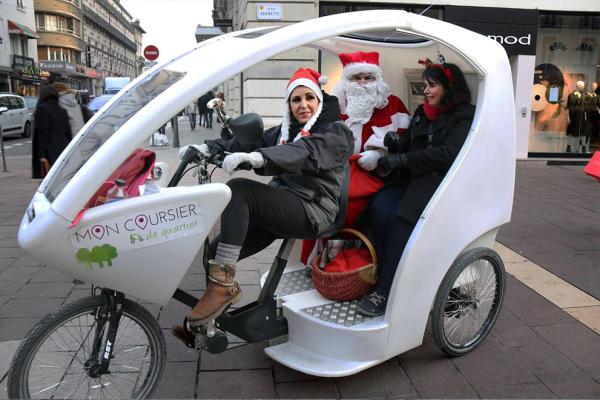
Gloria Leroy, female entrepreneur, vélotaxi (bicycle taxi) driver and soft mobility promoter had the glorious idea to propose a vélotaxi service (bicycle taxi) in Grenoble (European Green Capital 2022).
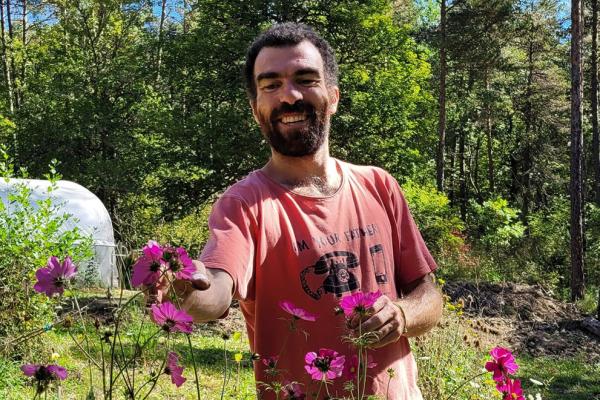
Pascal Aspe, a biologist holding a PhD in forest trees genetics, has been training people for years to garden at Terre Vivante.
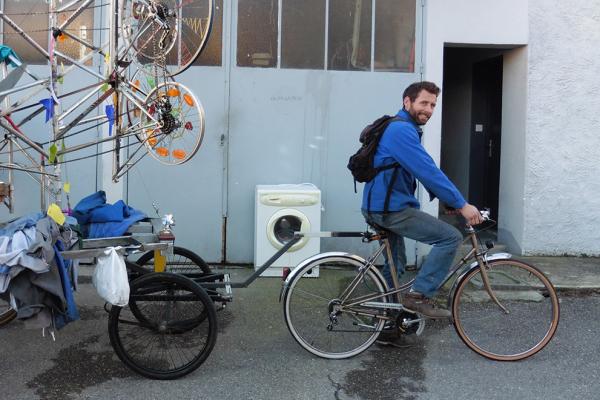
Loïc Bouffad considers that a trained cyclist is a sustainable cyclist who will not give up on riding his bike at the first technical issue.
Citizen Diaries - Lahti

Valtteri Bottas began his career when he was just six years old, racing karts in his hometown of Nastola in Finland.

In the winter of 2016, Eetu Floor was walking to a friend’s band practice in Lahti. On his way there, he chose a shortcut through the industrial area of Sopenkorpi where he found an overgrown industrial track and plot.

The Lahti Pelicans is a Finnish professional ice hockey team that plays for the City of Lahti, in the ‘Liiga’, Finland’s top professional ice hockey league.

Emmi Valli-Forsback from Lahti buys almost all of her family’s clothing and household goods second-hand; and rents a market stall to sell on what she no longer needs. She rarely considers buying something new if she can find it second-hand.

Bee doctor Kamran Fakhimzadeh knows what a miracle honey is: to produce a kilo of it, bees have to visit up to ten million flowers. At the same time, bees do us a huge favour by pollinating vegetables and fruit and berry plants.

Rikka-Liisa Aalto has always picked up litter in her local area. After becoming a mother, she started picking up litter almost every day. The Puhdas Päijät-Häme network was born out of a desire to make a connection with other people who care about the environment.

In 2015, in celebration of the 150th anniversary of the Sibelius Hall, the Lahti Symphony Orchestra initiated a project to help the City of Lahti reach its carbon emission reduction goals.

Fashion designer and entrepreneur Riikka Flink has been observing the clothing industry for over 30 years. She believes that ecology, sustainability, and responsibility are possible when production is closely monitored.
Citizen Diaries - Lisbon

Thirty years ago, Hunter Halder moved from Virginia, America to Lisbon, Portugal.
Citizen Diaries - Oslo

"It feels good to help make the air cleaner," says Trond Gustav Sømme. He is Oslo's first electric taxi driver, and he looks forward to not being the only one.

Trine Johnsen, from Nordstrand, Oslo, has found her breath of fresh air in the city. Along the rivers and waterways, she enjoys the silence and follows the changing seasons of Europe’s Green Capital.

'The Huseby Kindergarten have introduced environmental measures into its students' daily routines.

Magnus Gommerud Nielsen’s everyday working life has become easier and more comfortable after he decided to start electrifying his workplace.

When Benjamin Appiah delivers goods within Oslo city centre, his legs are his engine.

Heidi Neilson is the environmental manager at the Port of Oslo. Heidi is sure that her job will be redundant one day. At that point, she will find a new company with environmental challenges to work on.
Citizen Diaries - Nijmegen

Meet Matthijs de Gruijter, manager and owner of Struin, a nature kindergarten located in the 2018 European Green Capital, Nijmegen. Struin.

University students and staff account for approximately 50% of Nijmegen’s population. With such a huge number of students living in the city, what they do has a profound impact on the city’s environment.

Tucked away in the 80 hectares of de Goffert Park (Nijmegen’s largest city park), the farm is a haven for animal lovers, nature seekers and anyone looking for a break from the busy city life!

The Dar Milieustraat is one of the ‘greenest’ streets in Nijmegen, but not due to the amount of trees, plants or cycle lanes it has, but because of its commitment to recycling.

Lars Westra is a consultant in sustainable growth and an advocate for the inclusion of children’s voices in global issuession of children’s voices in global issues.
Citizen Diaries - Essen

Würzburg native and now Essen resident, Dominique Ellen van de Pol, operates in the field of sustainability, fashion theory and communications. The modern conscious consumer has required brands and manufacturers to examine their ethos, processes and approach to sustainability.

At the start of 2017, Essen had ten community gardens and in just a few months this has increased to fifteen! Three more are currently in development with a total of twenty expected by the end of Essen’s European Green Capital year.

Essen native Nils Mosh has a creative way of capturing life in the European Green Capital 2017: he records sounds around the city and posts them on his blog, soundofessen.com.

Teresa Deckert moved to Essen five years ago to undertake her Masters in Urban Culture, Society and Space at the University of Duisburg-Essen – a fitting topic to have studied in a European Green Capital!
Citizen Diaries - Ljubijana

We speak to Alenka Kreč Bricelj who has lived in the 2016 European Green Capital, Ljubljana, her whole life, where she works as a Project Manager at Smetumet. Smetumet is an organisation which turns ‘one person’s trash into another person’s treasure.

Despite only living in Ljubljana for the past five years, Pia Poljanšek has fallen in love with the green city and even refers to herself as a “Ljubljančanka”.

Tine Mahkovec was born and raised in the Slovenian capital, Ljubljana, the European Green Capital in 2016. A cycling enthusiast, Tine works in bicycle manufacturing and is the President of his local cycling club.
Citizen Diaries - Vitoria-Gasteiz

In Vitoria-Gasteiz, citizens recognise the huge impact their environment has on their health. We met with Red Cross worker, Antonio Fernández, who is responsible for the Environmental Plan in Álava.

Originally from the United States, Brian Webster grew up in Great Britain before moving to Vitoria-Gasteiz in 1974. After many years teaching English and working as a translator, Brian has recently taken on a new role as a Citizen Science Scheme Volunteer in Vitoria-Gasteiz.
Good Practices
Would you like to know more about what makes a city green?
The EU Green Capital Good Practices provide real life examples of how applicant cities and winners have become more sustainable in various areas such as air quality, sustainable public transport, public engagement, urban planing and many others.
Please check the Good Practices and Reports for the cycles from 2010 to 2021.
Good Practices 2023
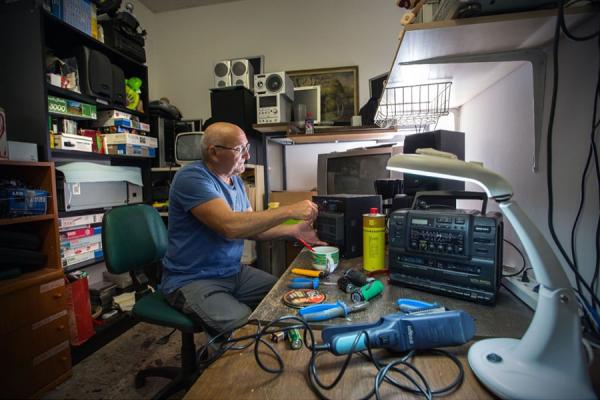
Discover how Velenje Reuse Centre reduces waste, creates green jobs, and fosters a circular economy by refurbishing and selling second-hand items, making a positive impact on the environment and the community.
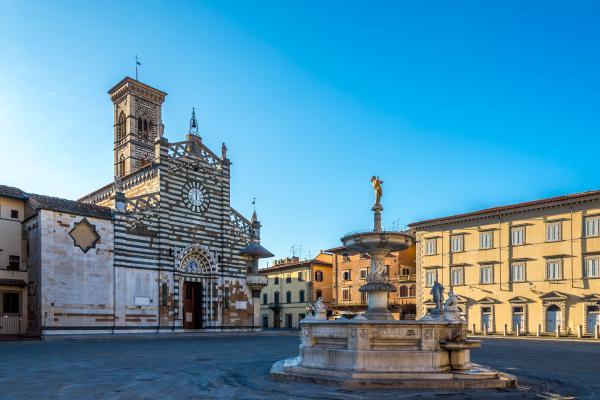
This good practice aims to enhance green space, recreational activities, and host cultural events, while restoring the area’s historical significance.
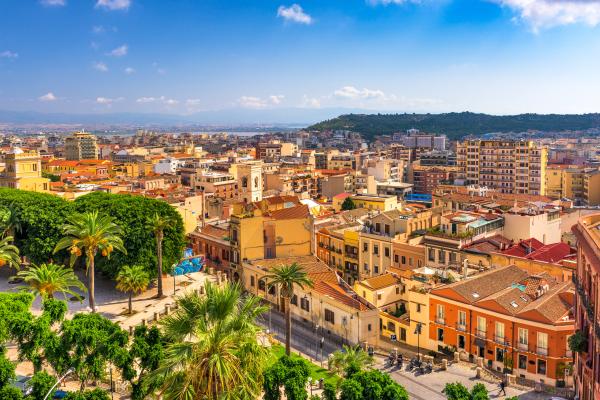
Cagliari aspires to include people in their transition towards their big dream of becoming a sustainable city.
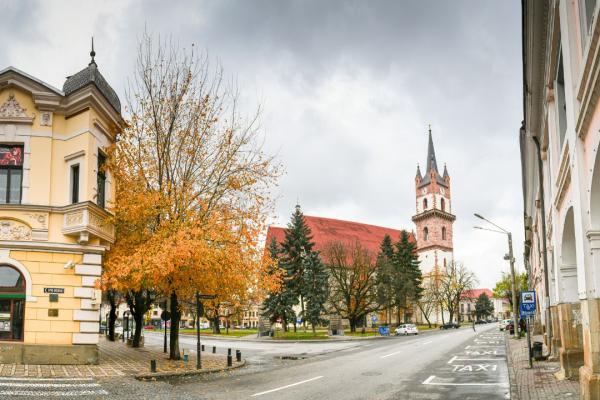
Bistriţa is actively monitoring indoor and outdoor air quality since 2021, as part of the local sustainable mobility campaign "Bistriţa, Zero Carbon City"
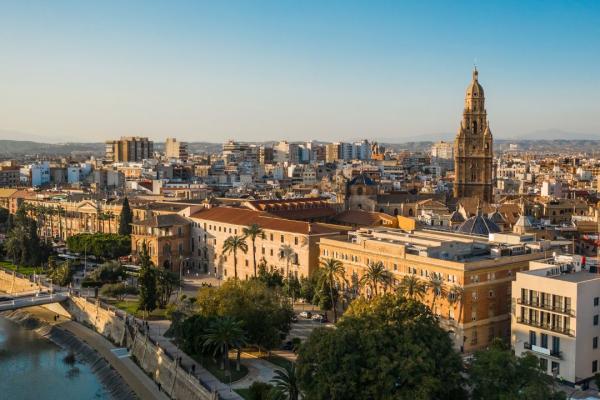
Murcia’s LIFE ENRICH project implements a circular economy approach in wastewater treatment.
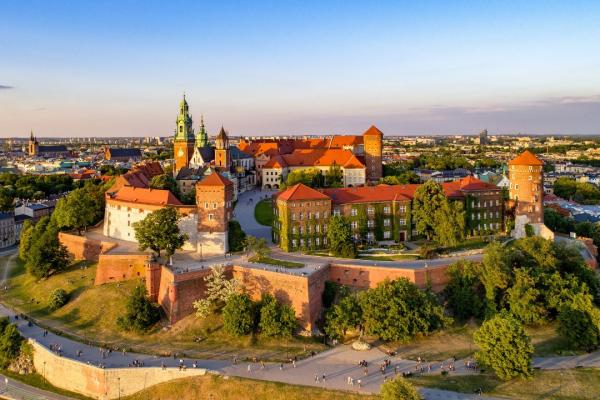
Krakow aimed to increase public interest in the climate crisis, gather ideas on energy efficiency and derive collaborative recommendations for city actions.
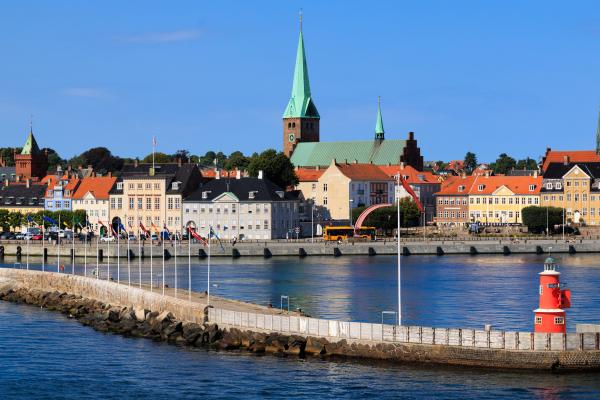
Elsinore captures the attention of visitors by showcasing local and sustainable businesses on their GoGreen card.
Good Practices 2022
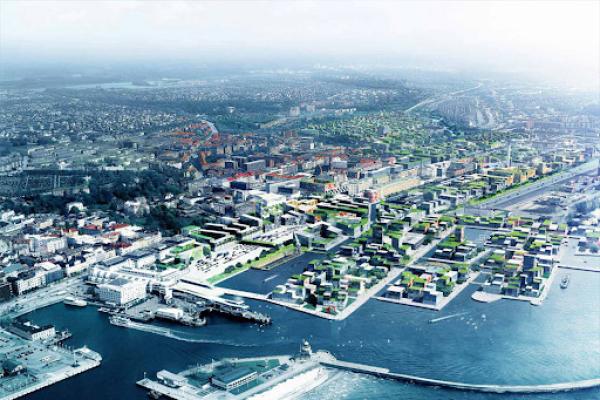
The innovative “Tre Rör Ut” (Three Pipe Wastewater) system collects and separates municipal wastewater closest to the source: in people’s houses.
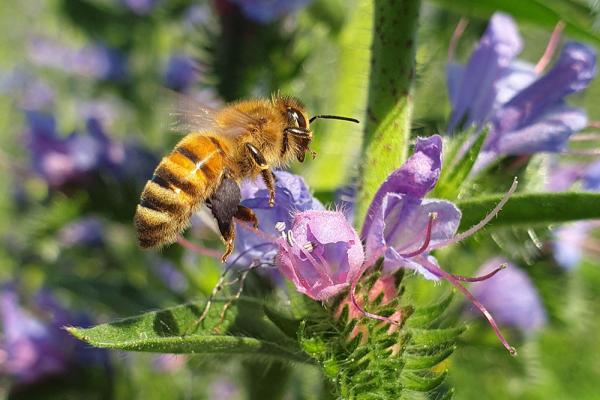
Development and maintenance of green areas that add value to the life of citizens as well as to biodiversity is a challenge that can only be addressed in close cooperation with all the relevant stakeholders in the city.
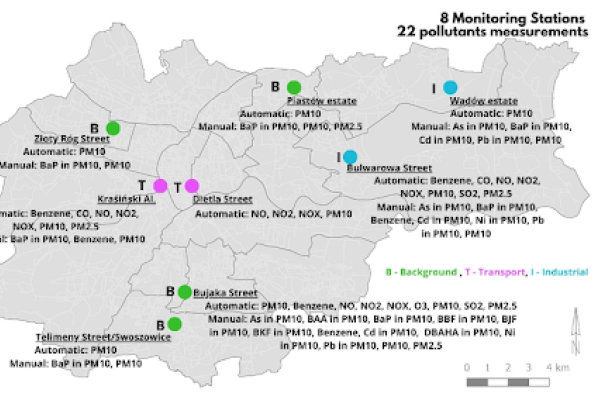
Kraków was known as one of the cities with the worst air quality in Europe. About 20 years ago, inhabitants as well as city authorities decided that this was no longer acceptable.
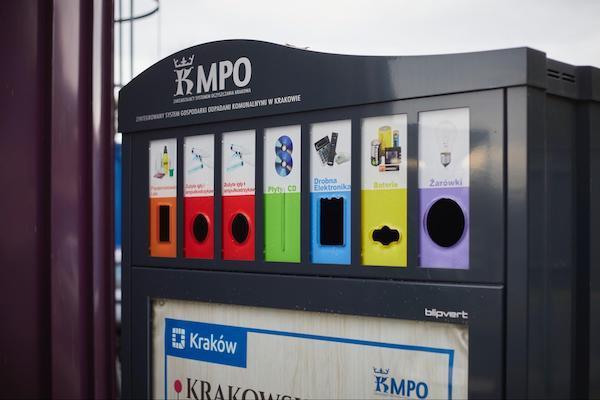
People need simple ways to deal with difficult waste. Kraków Eco-Boxes show that citizens are willing to engage in an environmentally-friendly waste collection system if it’s easy to use.
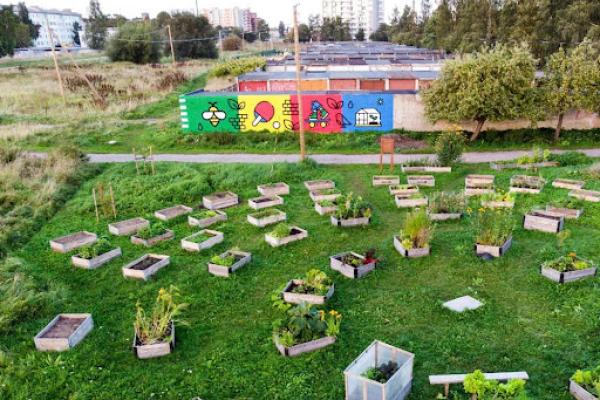
Tallinn has made a rough plan for the development of Putukaväil, a 13 km long linear park, a corridor for biodiversity, green mobility, and public space.
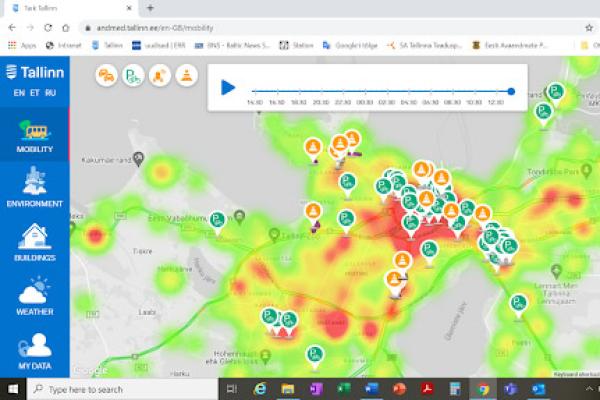
The Smart City sensors in Tallinn collect valuable information on noise in the city and its sources.
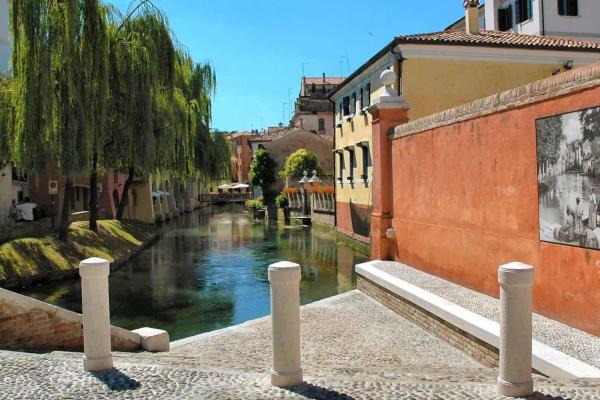
A citizen-based waste collection system like the one implemented in Treviso drives up recycling percentages.
Good Practices 2021
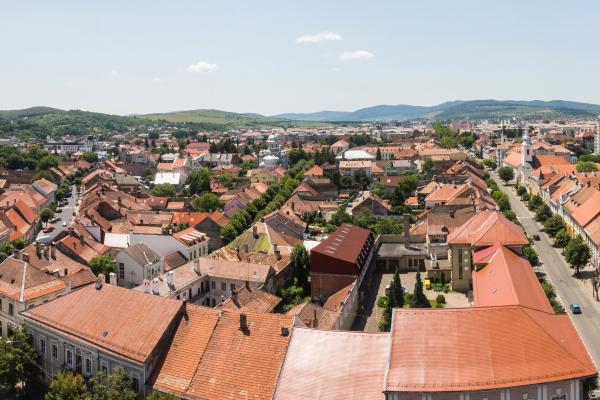
The city of Bistrița, Romania showed how to drop the energy consumption significantly with a structured, well-organised thermal-retrofitting programme. This contributes to the European climate goals and improves the living conditions of the residents.
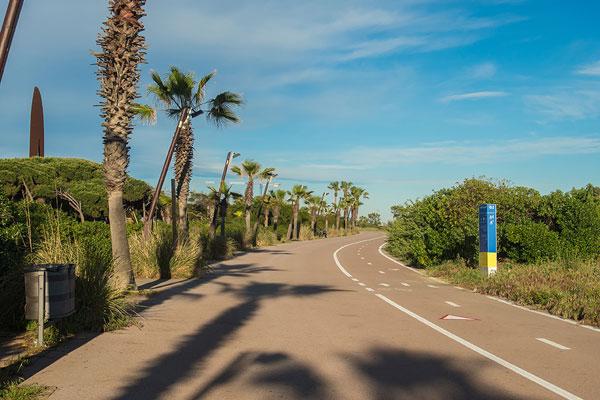
The transition towards the use of more sustainable mobility solutions needs an integrated and flexible approach, which is shown by the Spanish City of Gavà in the Gavà Mar area.
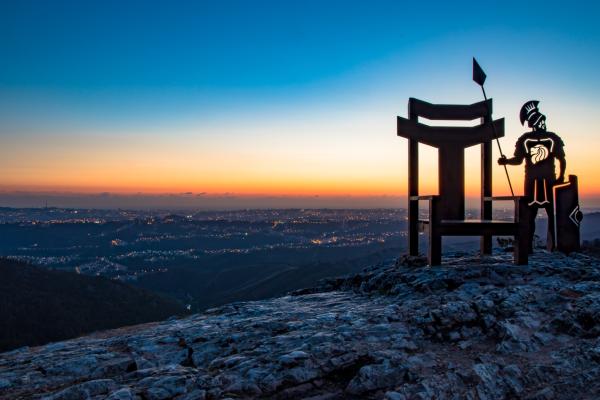
The redevelopment of the Quinta do Passal achieved multiple goals. Not only did the appearance of the area significantly improve but it also contributed to the wellbeing of the surrounding inhabitants.
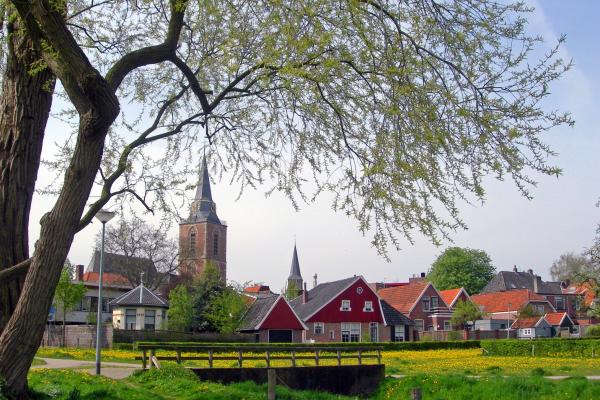
By educating citizens about the uniqueness of their surrounding landscape, the municipality of Winterswijk creates engagement and social connection.

Aktief, a collector of bulky household waste, works with people receiving social service benefits to give them work experience at the second-hand shop.
